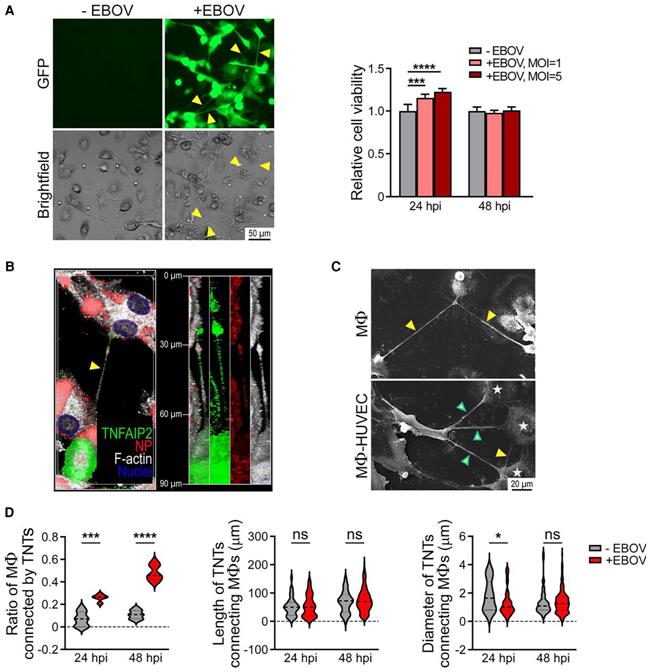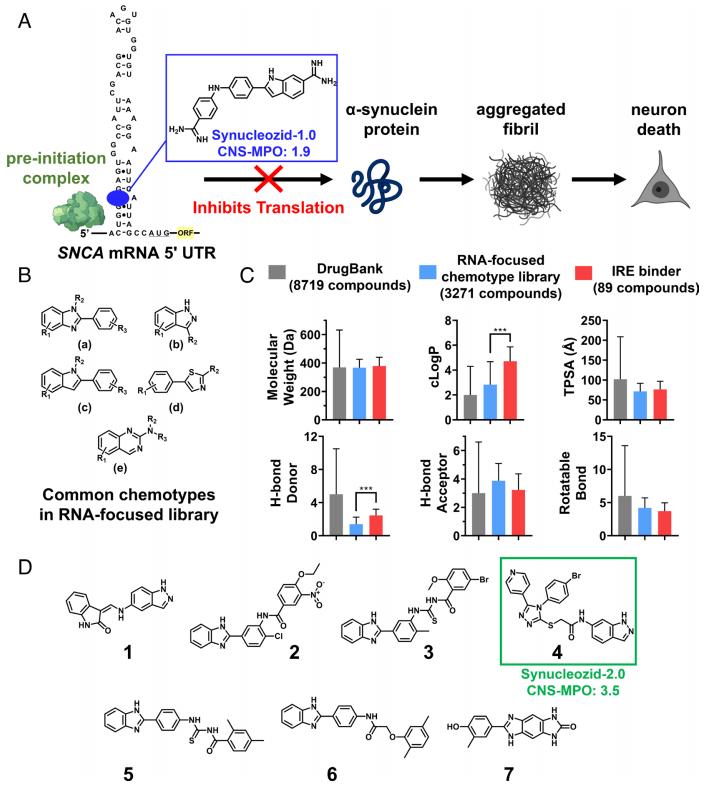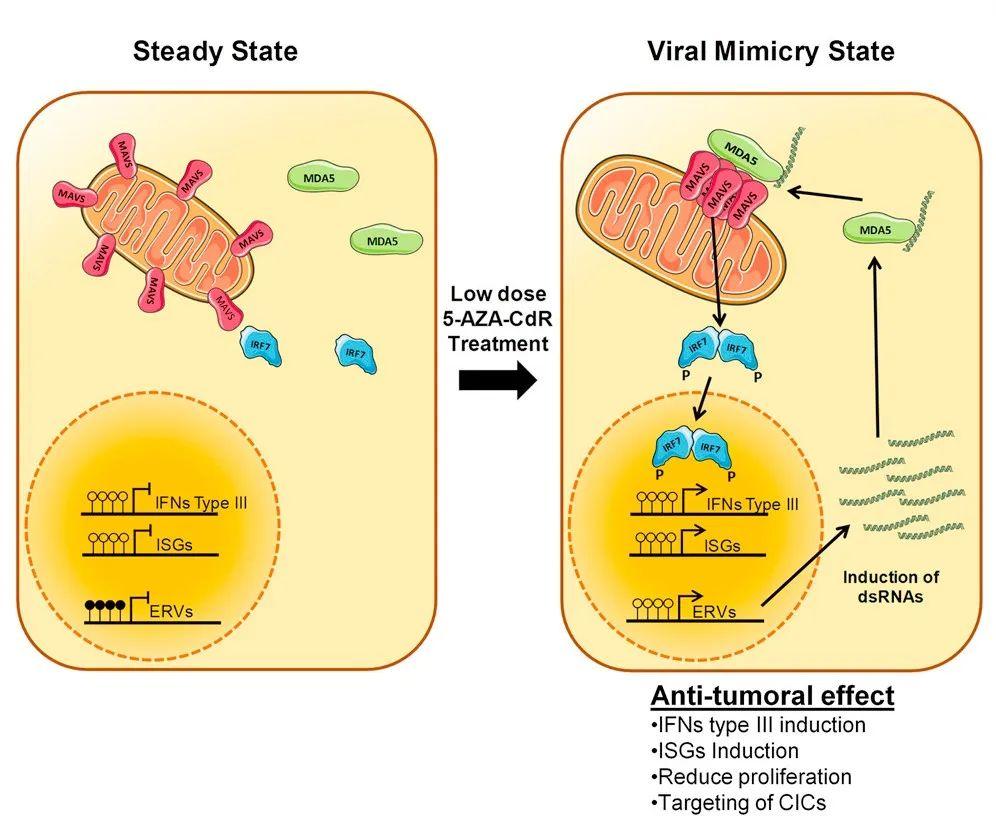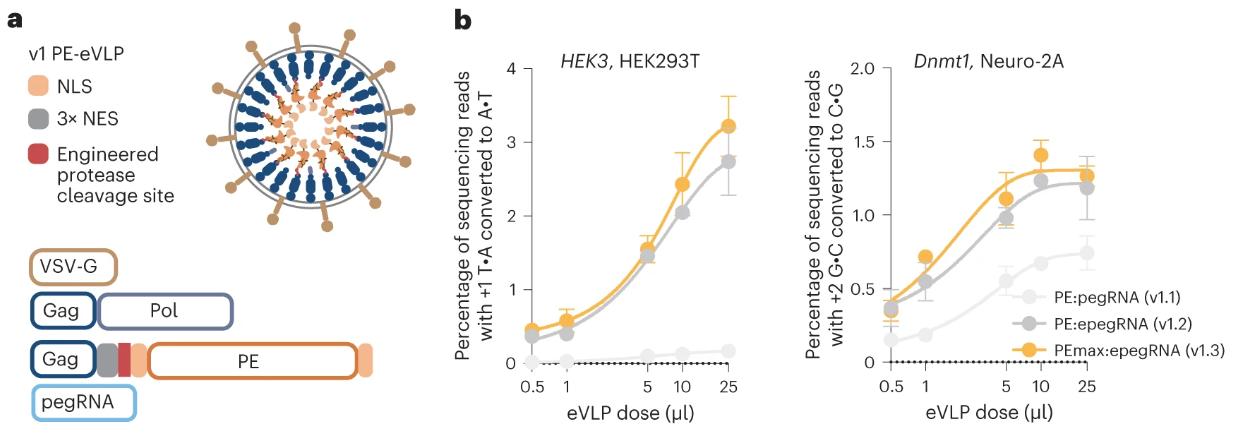• Adenovirus Service • AAV Service • Lentivirus Service • Retrovirus Service




Malignant tumors are one of the major causes of human death, and the complexity of the tumor immune microenvironment (TIME) limits the effectiveness of various conventional therapies. Although various PD-1/PD-L1 immunosuppressants have achieved significant efficacy in some patients with advanced cancer, their therapeutic effects on most solid tumors are still limited. It may be related to the fact that solid tumor TIME has less T cell infiltration and is rich in immunosuppressive myeloid cells.

Understanding how the virus spreads in the human body is critical to developing effective drugs and treatments to stop its spread. In a new study, researchers from the Texas Biomedical Research Institute have found that the Ebola virus (EBOV) can build and use intercellular tunnels to move from one cell to another, thereby evading treatment. Relevant research results were recently published in the Journal of Infectious Diseases, with the title of "Ebola Virus Uses Tunneling Nanotubes as an Alternate Route of Dissemination."

α-synuclein is an important drug target for Parkinson's disease therapy, but it is also an intrinsically disordered protein that lacks a typical small molecule binding pocket. In contrast, the SNCA-encoding mRNA has an ordered structural region in its 5′ untranslated region (UTR). Recently, a research report titled "Decreasing the intrinsically disordered protein α-synuclein levels by targeting its structured mRNA with a ribonuclease-targeting chimera" was published in the international journal Proceedings of the National Academy of Sciences. Scientists from The Scripps Research Institute and other institutions have developed a new method to combat α-synuclein by targeting the mRNA that forms α-synuclein. This platform can be used to expand druggability of many challenging disease targets.

Mice enter their twilight years at around two years of age, which is roughly equivalent to 80 years in humans. When scientists introduce specific mutated genes into mice and age them over time, the mice become forgetful and irritable, eventually displaying the same symptoms of Alzheimer's disease that many older adults experience.

Recently, Cancer Discovery journal published the latest research results led by the research team of Fox Chase Cancer Center in the United States, which proposed a new strategy for transforming the immune microenvironment of "cold" tumors such as small cell lung cancers (SCLCs). With the help of screening based on CRISPR technology, the study found that inhibiting RNA helicase DHX9 can increase endogenous nucleic acids such as double-stranded RNA in cancer cells. Then a state similar to viral infection is created to activate "endogenous immune" mechanisms such as interferon response and successfully transform "cold" tumors.

David Liu's team from the Broad Institute in the United States published a research paper titled "Engineered virus-like particles for transient delivery of prime editor ribonucleoprotein complexes in vivo" in the journal Nature Biotechnology. This study developed prime editor engineered virus-like particles (PE-eVLPs) that deliver prime editor proteins, prime editing guide RNAs and nicking single guide RNAs as transient ribonucleoprotein complexes. The researchers systematically engineered v3 and v3b PE-eVLPs with 65- to 170-fold higher editing efficiency in human cells compared to PE-eVLP constructs based on previously reported base editor eVLP architectures. And achieved in vivo base editing and restored partial visual function in two mouse models of genetic blindness.

The downstream processes of AAV production mainly include: cell lysis and clarification, viral vector purification (capture purification, fine purification, ultrafiltration concentration, etc.), formulation/canning, and quality testing.

Gene therapy was born to treat genetic diseases, but with the development of technology, in recent years it is going beyond the scope of treating genetic diseases and gradually entering the field of major non-genetic diseases, and even the field of solid tumors. As the field of AAV gene therapy grows, its upstream and downstream production links also need to be improved. The entire industrial production process of AAV gene therapy products can be roughly divided into three parts: upstream culture, downstream purification and finished product packaging. Among them, upstream culture and downstream purification involve more production steps and the technology is more complex. Next, let us go into the upstream of AAV industrial production to find out!

Gene therapy is one of the hottest therapeutic fields at present, and multiple gene therapies have been approved by regulatory agencies in recent years. A number of pipelines that have entered late-stage clinical studies are also approaching approval for marketing. At present, most gene therapy applications still use viral vectors. These viral vectors have been modified so that they are no longer pathogenic. Widely used viral vectors include adenoviral vectors (ADV), lentiviral vectors (LV), herpes simplex virus vectors (HSV), poxvirus vectors (PV) and adeno-associated virus vectors (AAV).

AAV has broad application prospects as a vector. In addition to being used for the treatment of genetic diseases, it can be used for the treatment of tumors and can also be used as a vector to construct vaccines. AAV also has certain applications in influenza prevention. AAV-mediated antibody expression can protect elderly and immunodeficient mice from influenza virus damage.